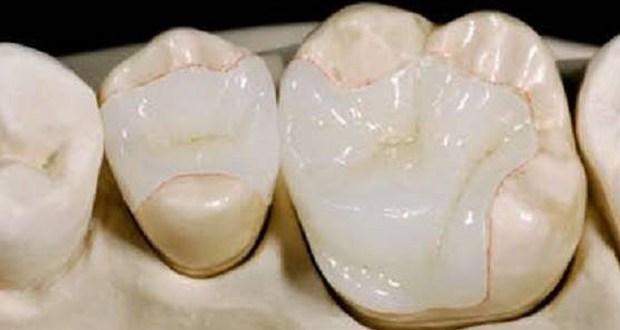Steps of Dental Filling
Local anesthesia – at the beginning of your filling procedure, you may be given local anesthesia to numb the area around the tooth.
Tooth decay removal – then the dentist will cut through the enamel using a drill to remove any decay. After the dentist removes the decay, the dentist will shape the space to ready it for the dental filling.
Etching – for a bonded filling the dentist will etch the tooth with an acid gel before placing the dental filling.
Resin application – for certain types of dental fillings the dentist will layer on the resin and harden it using a bright light. This makes it strong.
Polishing – after the filling has been placed, your dentist will polish the tooth.





